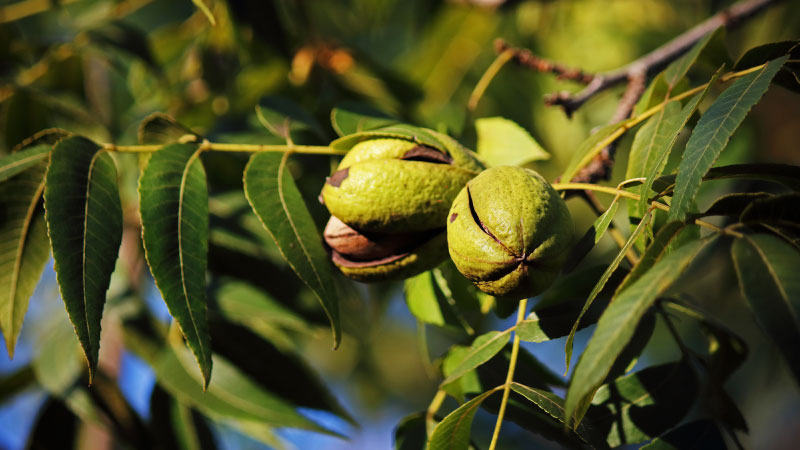DYK? Technology and Healthy Soil Make the Perfect Pair
Soils around the globe are under unprecedented stress. According to the European Commission Joint Research Centre – European Soil Data Centre, several global assessments have been conducted by international bodies in recent years on the condition of soils around the world. And the assessments all agree that soils are increasingly degraded for large parts of the planet as a result of human pressures on land, especially on land being used for agriculture.
“This situation reflects the loss of natural ecosystems from urbanization or infrastructure development and its conversion to more intensive use, as well as a reduction in soil functions due to erosion, pollution, poor nutrient management and a loss of organic matter,” the Commission says.
The Food and Agriculture Organization of the United Nations has posited that if these pressures are not adequately addressed, the world’s topsoil could be gone in 60 years. While the implications for such a scenario should send a shiver down the collective spine of the ag industry, technology and a six-decade head start should be enough time to mitigate and hopefully avoid such dire consequences.
“Soil health is diverse and complex around the world, influenced by variables such as intensive agricultural practices, urbanization, industrial activity, deforestation, and climate change,” says Joy Youwakim, Agronomy Scientist, Biome Makers. “These stressors, which include erosion, organic matter loss, nutrient imbalances, compaction, and reduced microbial diversity, all lead to soil degradation.”
Eurofins Agro Testing, a division of Eurofins Scientific, identifies a few additional reasons soils are in trouble.
“The reasons for a decline in soil health are diverse,” the Eurofins team explains. “In many countries/regions the input of organic material — manure/compost, etc. — is very limited and insufficient for the level of production, causing a decline in soil organic matter, and therefore soil health, over time. Additionally, climate change can cause higher mineralization in the soil because of higher temperatures. This has the effect of breaking down soil organic matter faster, making soils less resilient and fertile, e.g., more susceptible to drought, etc.”
While the assessment is alarming, the ag industry, regulatory agencies, non-governmental organizations, and growers are working together to address the causes. As with many of the challenges facing ag, concerned parties are embracing the promises of technology in search of solutions.
“There is widespread acknowledgment of the importance of soil health, and efforts are underway to address these concerns through sustainable land management, technical breakthroughs, and improved awareness,” says Meri Mullins, Technical Account Lead with Biome Makers.
Perhaps before exploring how technology can help improve soil health, it might be helpful to define “soil health.”
Carl Bruice, National Nutrition Technical Manager, Wilbur-Ellis, defines it this way: “The capacity for soil to sustain a living vital ecosystem that sustains plants, animals, and people.”
While one of the most effective ways to maintain soil health — cover crops — is admittedly not very technologically advanced, understanding their value is definitely a scientific endeavor.
“We’re not managing this like we’ve done in the past,” Bruice says.
There are four pillars of soil health, and cover crops account for the first three: keeping the soil covered with vegetation, plant biodiversity, and providing a living root system for as long as possible during the season. Those all speak to cover crops quite heavily, and the last pillar is to minimize soil disturbance, he says.
The more the agriculture industry learns about soil and the microbiome it supports, the more scientists realize how little they know.
“In order to improve soil health at scale, technology should be employed to make soil data more accessible, understandable, and useful, so the appropriate actions can then be taken more readily,” the Eurofins team says.
Eurofins Agro Testing, for example, is “creating tools (also called analysis packages) that help farmers measure, manage, and improve soil health and fertility more easily.”
For more, continue reading the full article as part of our special Global Insight Series report on Soil Health.
In addition, check out the previous reports in Meister’s Global Insight Series covering a range of topics from Biocontrols to Irrigation Innovations to Agricultural Technology.










